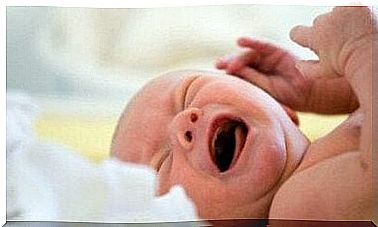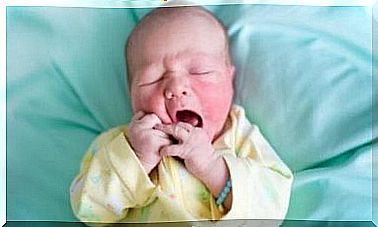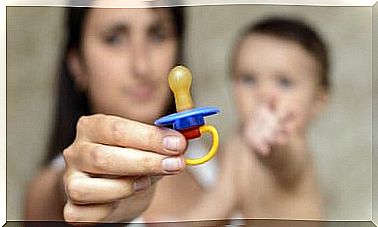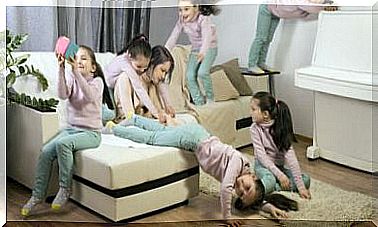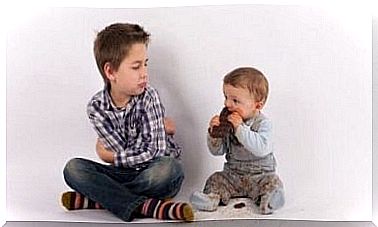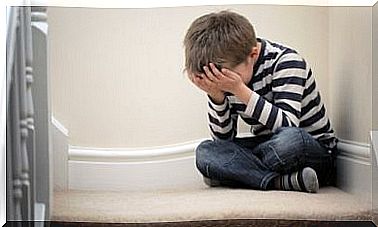Child Seats: Regulations And Guidelines
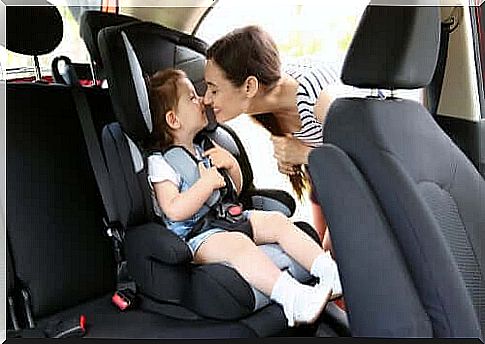
The regulations for child seats have changed again and again in recent years. You should know that all of these changes have only one purpose: to make children safer when they are in the car.
It’s also important to know that road accidents are the leading cause of death in children under the age of 14. Restraint systems such as seat belts for adults and child seats go a long way towards reducing the number of fatal accidents and serious injuries.
Therefore, it is not just about avoiding penalties or fines if you follow the applicable regulations. Rather, it’s about car seats protecting your children’s lives. Below are some elements that will help you understand the rules.
The most common injuries
The injuries that children can get in a car accident can be very serious. Neck injuries are most common up to the age of two. This is due to the size of toddlers’ heads and the fragility of their spine.
Head injuries are most common in children between the ages of two and four. This is because the cervical vertebrae are not yet strong enough to absorb a sudden impact.
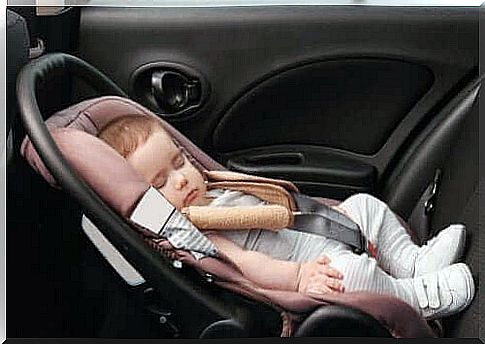
When children are between four and ten years old, they are particularly likely to suffer abdominal injuries. At this age, their organs are not yet fully connected to the structure of the abdomen. As a result, children are at greater risk of internal bleeding or abdominal injuries.
Correct use of child seats and child restraint systems will reduce the death rate in car accidents by 75% and the injury rate by 90%. Therefore, the regulations also regulate which type of security you should use for your children. It depends on the age, height and weight of the child.
Regulations for child seats
All child seats must be certified and meet certain test standards so that they comply with German traffic regulations. If you are traveling abroad, you should find out about the applicable country-specific rules and regulations beforehand.
In addition, you should make sure that you are using the right child seat for your child. You should also know when to replace it with another one. All children who have not yet reached the age of 12 or who are smaller than 150 cm must be additionally secured by child seats. These should be suitable for the respective weight and size of the child and placed on the back seat of the vehicle.
Furthermore, children should never sit on a passenger’s lap, without exceptions. Nor should they use an adult seat belt.
There are different child seats depending on the weight and size of the children
The United Nations Economic Commission for Europe (UN / ECE) has classified child seats in four weight classes.
The first class 0+ is suitable for babies and toddlers weighing up to 13 kilograms. These seats should be in the back seat and always facing backwards. This protects the children’s head better. In addition, the seat should contain a 5-point belt. When installing the seat in the front seat, make sure that the airbag is switched off.
The second class I is suitable for children with a weight of 9 to 18 kilograms. These seats should be secured with a seat belt or with Isofix. In addition, you should strictly follow the manufacturer’s installation instructions.
In addition, you should never put your child in a child seat until you have installed it correctly and are sure that it is really holding up well. You can then buckle up your child with the 5-point harness.
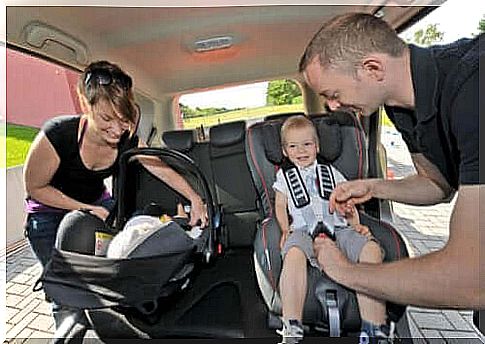
The third class II is intended for children weighing between 15 and 25 kilograms and these child seats are mostly booster seats. The children who need these are usually too big for the classic child seats, but at the same time too small for the normal seat belt.
The purpose of these booster seats is to raise the child’s seating position so that they can use the seat belts in a safe manner. The booster seats with back support are the best choice as they provide additional security. This back support protects the child’s upper lumbar region and neck.
Further regulations and innovations
The fourth class III is for children who weigh between 22 and 36 kilograms. Since children often grow out of the seat even though they have not yet reached the weight limit, another ECE / UN regulation came into force in 2013 (No. 129). It divides child seats into six size classes to address this problem.
Children taller than 150 cm can use seat belts and no longer need a special child seat.
Remember that these are general guidelines that can change over and over again. Before you buy child seats for your children, you should therefore find out about the applicable rules and regulations in order to make the right choice. And finally, we would like to give you one last safety recommendation. Always remember that your children should never sit in a child seat with a winter jacket on.
